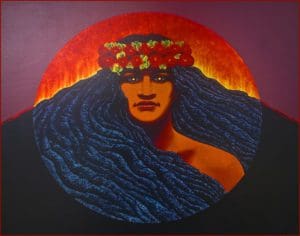 Legend has it that Pele, the Hawaiian goddess of fire and volcanos, lives in Halema`uma`u Crater at the summit of Kilauea volcano on the Big Island of Hawaii. Folklore warns of her fiery temperament and there are many tales of her destructive power. Apparently, she is irate!
Legend has it that Pele, the Hawaiian goddess of fire and volcanos, lives in Halema`uma`u Crater at the summit of Kilauea volcano on the Big Island of Hawaii. Folklore warns of her fiery temperament and there are many tales of her destructive power. Apparently, she is irate!
On May 3, 2018, the Kilauea volcano began oozing huge quantities of red-hot lava into nearby residential areas, prompting evacuations as it encroached. Over the next two weeks, at least 20 fissures opened up, ejecting voluminous plumes of dark smoke and hurling chunks of rock out of the cracks in the earth. While the ferocity of the eruptions is new, the eruptions themselves are not. Kilauea has been erupting since 1983, making it the longest continuously erupting volcano in the world.
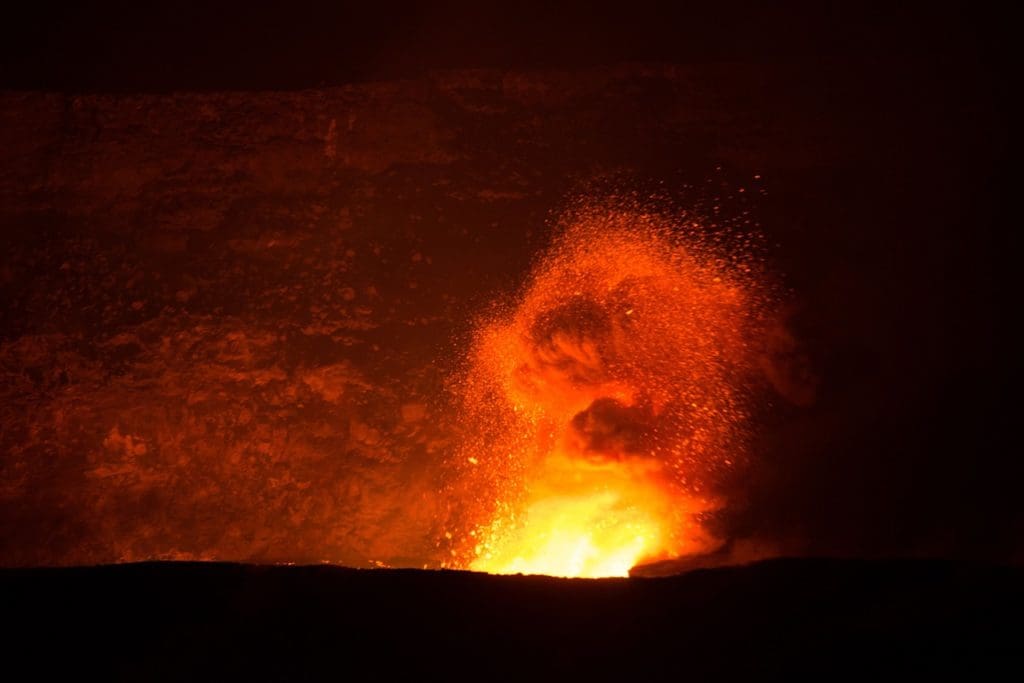
Is it safe to visit Hawaii during the Kilauea volcano eruption?
Most of us probably don’t feel threatened by the legend of Pele, but the news coverage and images of Kilauea’s eruptions can be quite scary. In a statement on May 17, 2018, the Hawaii Tourism Authority said:
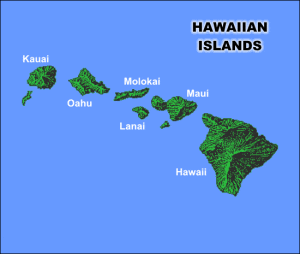 Geography: The Big Island of Hawaii is just one of the Hawaiian Islands that cover an area of nearly 11,000-square-miles. The only area affected by Kilauea volcano is situated in a remote area on the east side of the Big Island. See a map of the affected area here. Of that island’s 4,028 square miles, the affected area consists of less than 10-square-miles. Hawaii Volcanoes National Park is 40 miles away and has been closed indefinitely as a precaution.
Geography: The Big Island of Hawaii is just one of the Hawaiian Islands that cover an area of nearly 11,000-square-miles. The only area affected by Kilauea volcano is situated in a remote area on the east side of the Big Island. See a map of the affected area here. Of that island’s 4,028 square miles, the affected area consists of less than 10-square-miles. Hawaii Volcanoes National Park is 40 miles away and has been closed indefinitely as a precaution.
Air Access: All flights into the two airports on the Big Island – Kona on the west side and Hilo on the east – are operating normally. Flights to the other islands of Oahu, Maui, and Kauai are entirely unaffected.
Accommodations and Activities: All accommodations, activities, and attractions on the Big Island are also operating normally, with the exception of Volcanoes National Park and the area affected by lava activity. Mauna Kea Observatory and the beaches are open. All activities on the other islands remain available as scheduled. Hotels are open, the beaches are sunny, and you can attend a luau, take a heli-tour, or learn to surf.
Air Quality: Air quality on the island of Hawaii remains largely unchanged with the recent Kilauea volcano eruptions. However, air quality near where the lava is flowing can be hazardous and very light ash fall may be present. Officials are continuing to monitor air quality, but you don’t need to be in that area anyway. Other islands are not experiencing any degradation in air quality.
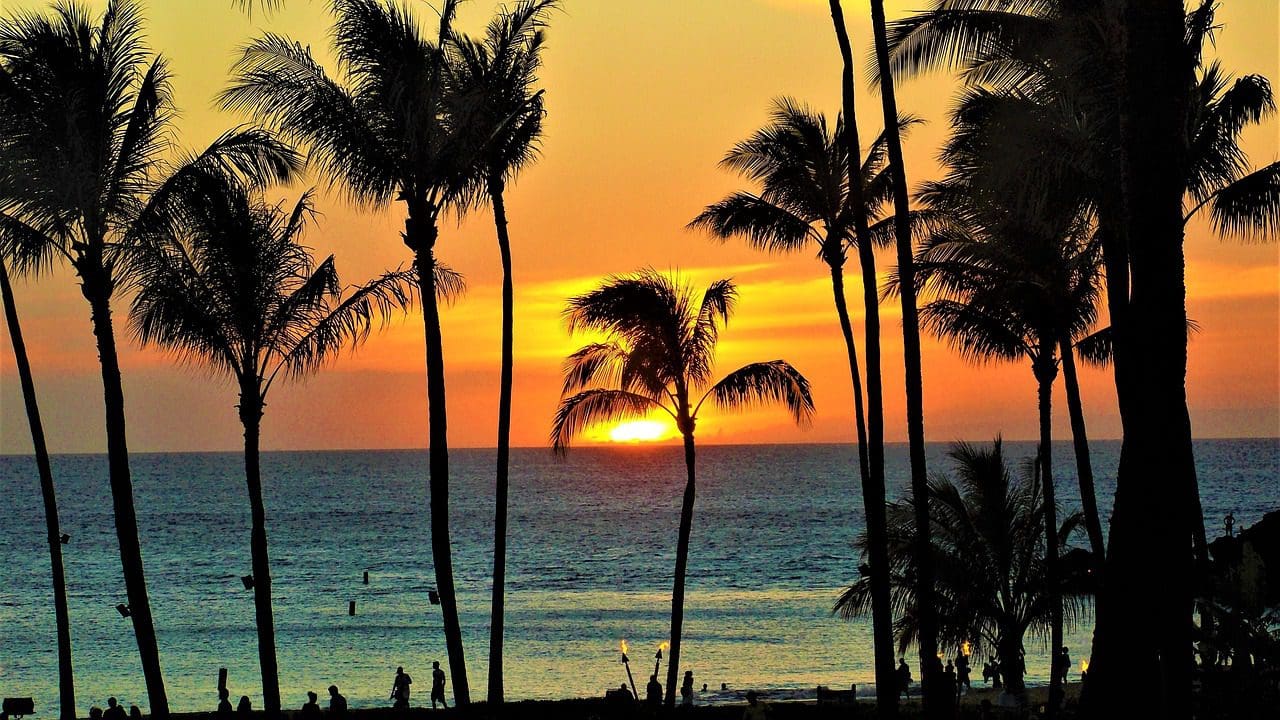 The beautiful islands of Hawaii are a perennial favorite destination for romantic getaways, family vacations, and active experiences. Kilauea volcano has been erupting for 35 years and the current increase in activity shouldn’t change your plans to visit this tropical paradise. To plan your trip to Hawaii, contact the vacation specialists at Covington Travel.
The beautiful islands of Hawaii are a perennial favorite destination for romantic getaways, family vacations, and active experiences. Kilauea volcano has been erupting for 35 years and the current increase in activity shouldn’t change your plans to visit this tropical paradise. To plan your trip to Hawaii, contact the vacation specialists at Covington Travel.

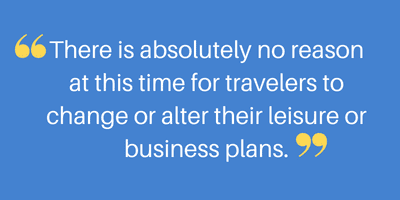






Leave a Reply